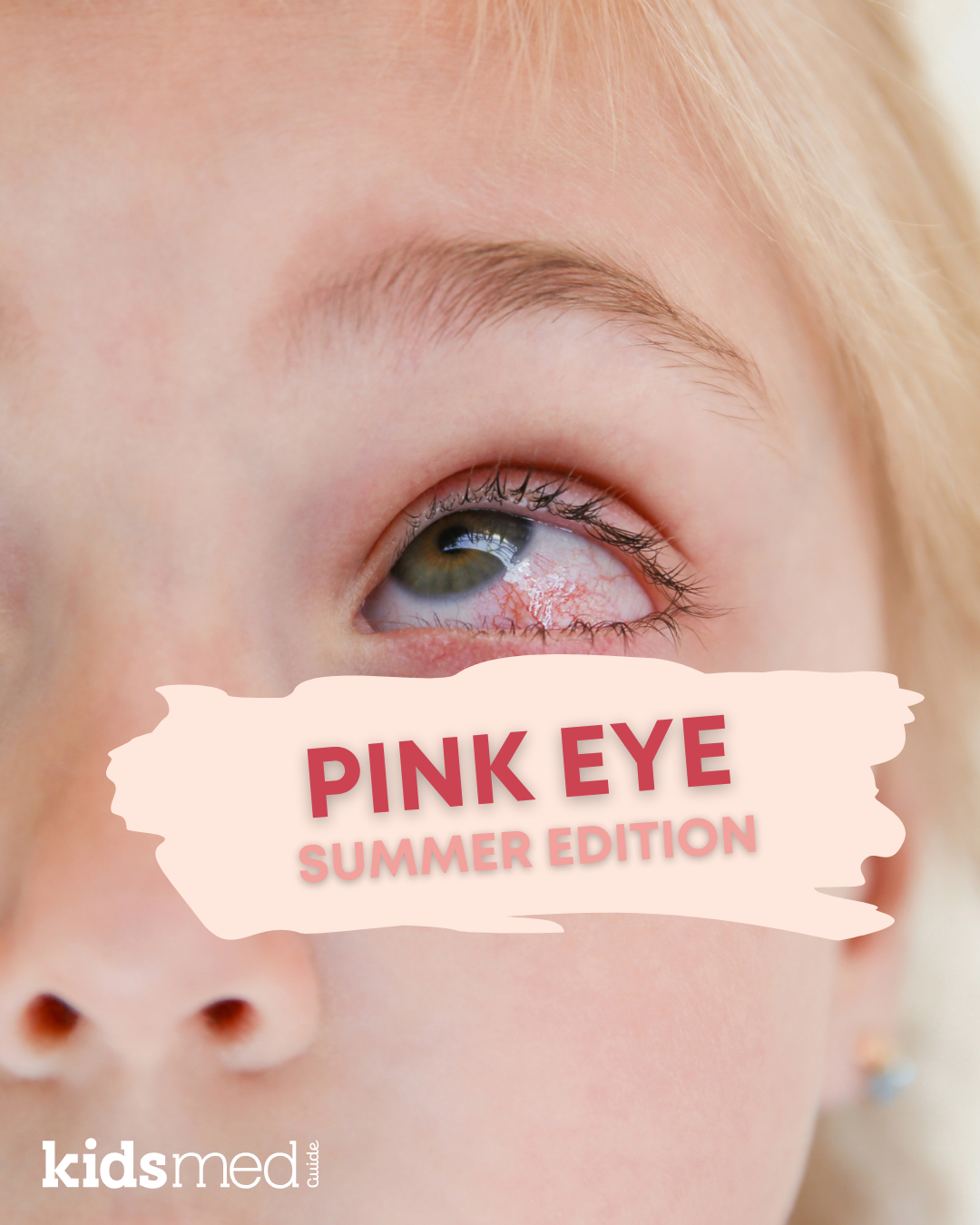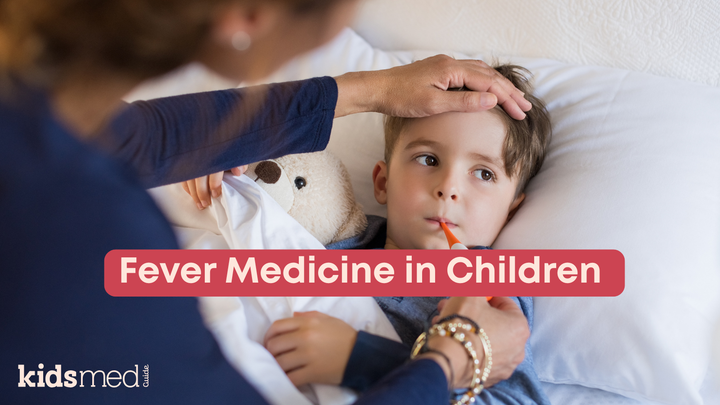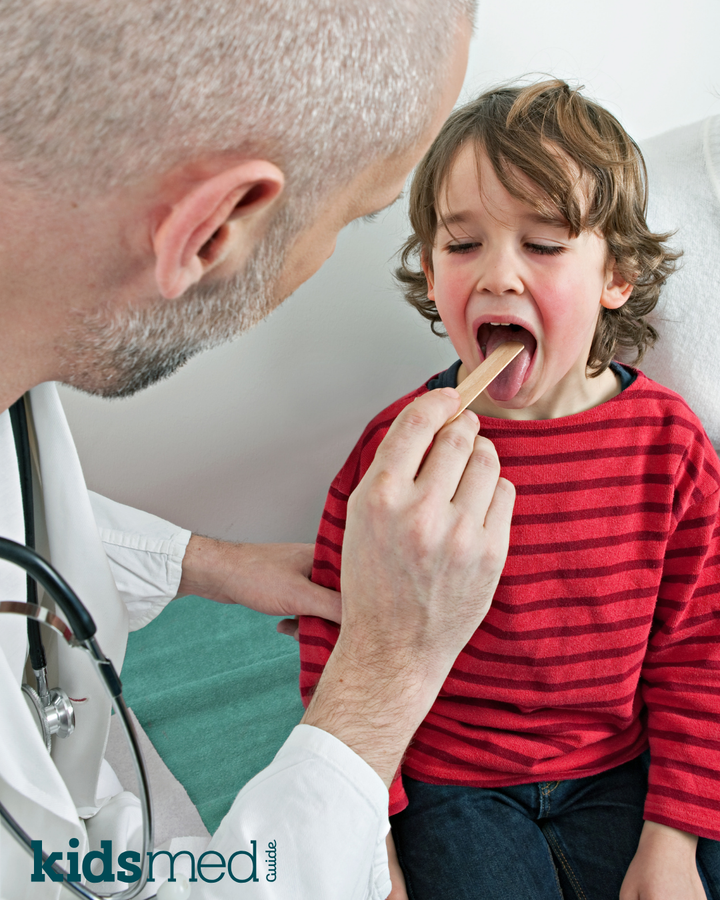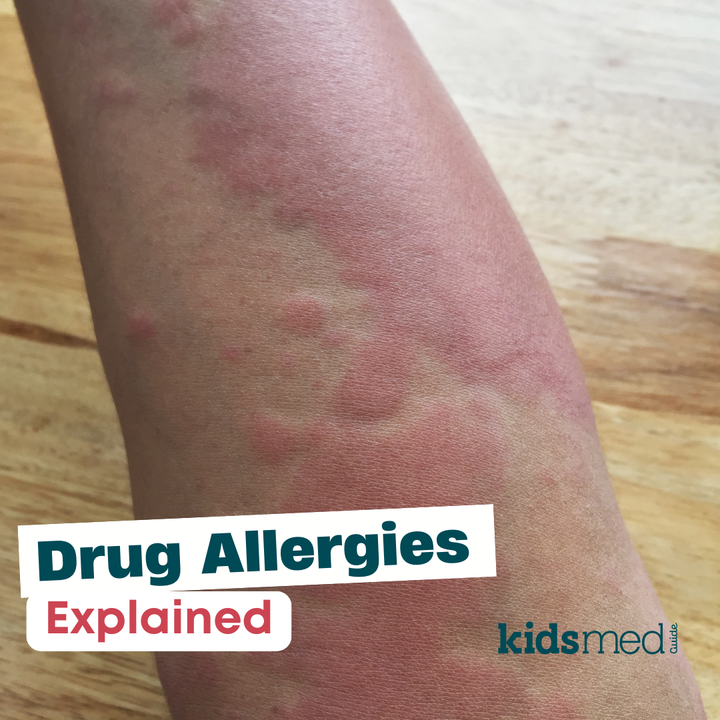Pink Eye Treatments: What Actually Works

Pink eye can happen any time of year, but it’s common for it to rear its ugly red head in the winter and summer months. Winter viruses and secondary eye infections go together like peanut butter and jelly. But summer pink eye is also common! The germs that cause pink eye love summer camps and swimming pools.
More formally known as conjunctivitis, this eye condition causes inflammation of the conjunctiva, a thin membrane that covers the eye and inner eyelid. The conjunctiva protects your eye, but like any other body part, it can become inflamed or infected from time to time.
Pink eye is common in kids, highly contagious, and can be caused by bacteria, viruses, or allergies.
It's also really annoying.
Knowing which type you're dealing with helps you choose the proper treatment and informs you when you need to consult a healthcare provider.
Types of Pink Eye and Recommended Treatment
There are three common causes of pink eye (conjunctivitis). A virus, a bacterial infection, or an allergic reaction can cause it. Depending on the cause, the recommended treatment may vary:

Suspect allergic conjunctivitis and need the skinny on allergy treatment or allergy eye drops? Check out our blogs!
In the unfortunate position of having to administer eye drops to a squirmy, unwilling child? Apologies and best of luck. Also, read this.
When to See the Doctor
No matter the type of pink eye, check in with your child's pediatrician if:
- There is no improvement or worsening of symptoms after 2–3 days
- You suspect there is something in the eye
- Your child is a young baby, especially if they are a newborn
- There is eye pain, swelling of the eye, or vision changes
- Your child is sensitive to light
- There is swelling of the area surrounding the eye
- Your child has new-onset fever, ear pain, or fussiness not caused by something else (sometimes, conjunctivitis accompanies an ear infection; fever could also indicate a more serious infection)
- You suspect seasonal or environmental allergies and you need guidance with seasonal allergy treatment
- Your child wears contact lenses, and you suspect the inflammation or redness is due to contact lens wear
Final Thoughts
Summer camp and swimming pools are prime places for bacterial or viral conjunctivitis. It's just one of those summer things! Teach your kids to wash their hands thoroughly and avoid touching their eyes. They should also avoid sharing towels or washcloths. However, it's not always preventable.
Not all cases of pink eye need antibiotics. If your child has mild eye redness or itchiness with no discharge, it's usually OK to watch and wait for a few days.
And for all the millennial parent movie fans out there - no, you can't actually get pink eye from someone farting on your pillow 😝
The following reference was used to compile this information:
Mahoney, M. J., Bekibele, R., Notermann, S. L., Reuter, T. G., & Borman-Shoap, E. C. (2023). Pediatric Conjunctivitis: A Review of Clinical Manifestations, Diagnosis, and Management. Children (Basel, Switzerland), 10(5), 808. https://doi.org/10.3390/children10050808



